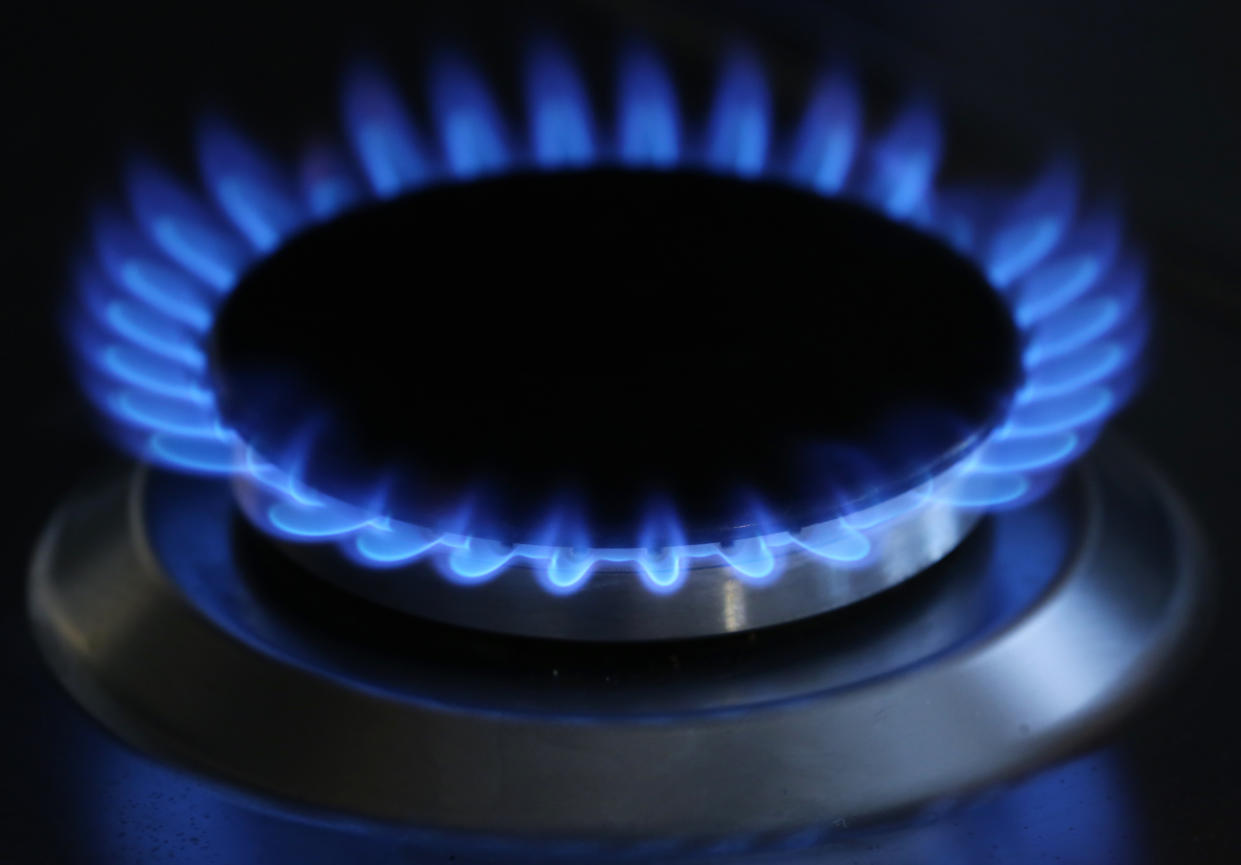Millions of households set to save as Ofgem lowers energy price cap

Britain’s energy regulator is set to cut bills for millions of households as it reduced a cap on the tariffs electricity and gas suppliers can charge.
Ofgem said 11 million households on credit meters would see bills fall by an average of £75 a year, while four million households on pre-payment meters would see bills drop by £25.
The regulator said the move would see suppliers pass on lower costs, as its analysis suggests wholesale energy prices and other costs have fallen. But suppliers have seen a small rise in operating costs, network charges and costs from environmental schemes.
The wholesale energy cost element of the default tariff cap fell by £75 to £446 while other costs, such as VAT and supplier profits, fell slightly.
Ofgem chief executive Dermot Nolan said: “The price caps require suppliers to pass on any savings to customers when their cost to supply electricity and gas falls.
“This means the energy bills of around 15 million customers on default deals or pre-payment meters will fall this winter to reflect the reduction in cost of the wholesale energy.
READ MORE: UK food industry asks for legal favour over no-deal Brexit fears
“These customers can be confident that whatever happens, the price they pay for their energy reflects the costs of supplying it.
“Households can cut their bills further in time for winter, and we would encourage all customers to shop around to get themselves the best deal possible for their energy.”
Wholesale energy prices have dropped steeply over the course of this year, with a combination of strong gas supply, relatively healthy storage and low demand during the winter pushing down wholesale prices, resulting in the reduction of both caps.
The reductions come after the UK’s Competitions and Markets Authority decided to align the methodology for calculating the pre-payment cap with the default cap. According to Ofgem, this will lead to lower bills for 15 million people.
The changes mean that the level of the pre-payment meter cap is now higher than the default tariff cap. The pre-payment meter cap now reflecting the higher cost of providing energy to those customers, due to the incurred costs of operating pre-pay keys and cards used to top up pre-payment meters.
Others suggest further savings can be found, however.
READ MORE: UK ‘delusional’ in pinning hopes on US trade agreement after no-deal Brexit
Richard Neudegg, the head of regulation at USwitch, said: “Ofgem has been able to make this cut thanks to a significant fall in wholesale energy prices since the start of the year.
“But for customers who stayed put on standard energy tariffs, the price cap doesn’t pass on cost reductions of the same size or speed as switching does, meaning they’ve been stuck paying higher prices for months when much cheaper deals have been available elsewhere.
“Those who are often least able to afford their bills are getting less of a cut, and will actually end up paying more per year than households with credit meters. This highlights that a blanket cap is not the best way to help those most in need, and that those people would benefit from more targeted protection.
“The only way for consumers to avoid the roller-coaster price changes we’ve seen with the SVT cap is to take power into their own hands and shop around for a cheaper fixed deal.”
Stephen Murray, energy expert at MoneySuperMarket said: “The cap isn’t even a year old and we’ve already seen three changes in pricing for the 11 million households on expensive standard variable and default tariffs.
“Despite the price cap level dropping by £75, it’s still more than the original level of £1,137 and crucially, there are more than 100 cheaper tariffs available to consumers in the market today. That means someone switching today could secure a deal that delivers more than three times the saving the price cap offers, while protecting themselves from this rollercoaster of price fluctuations every six months.”

